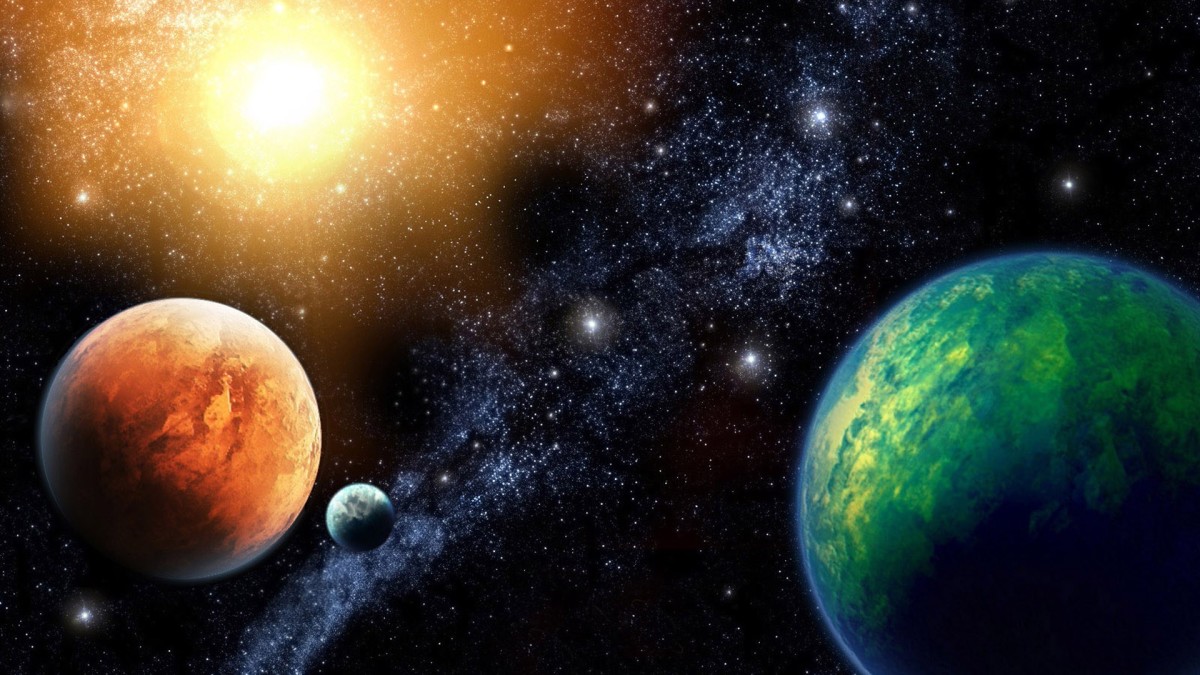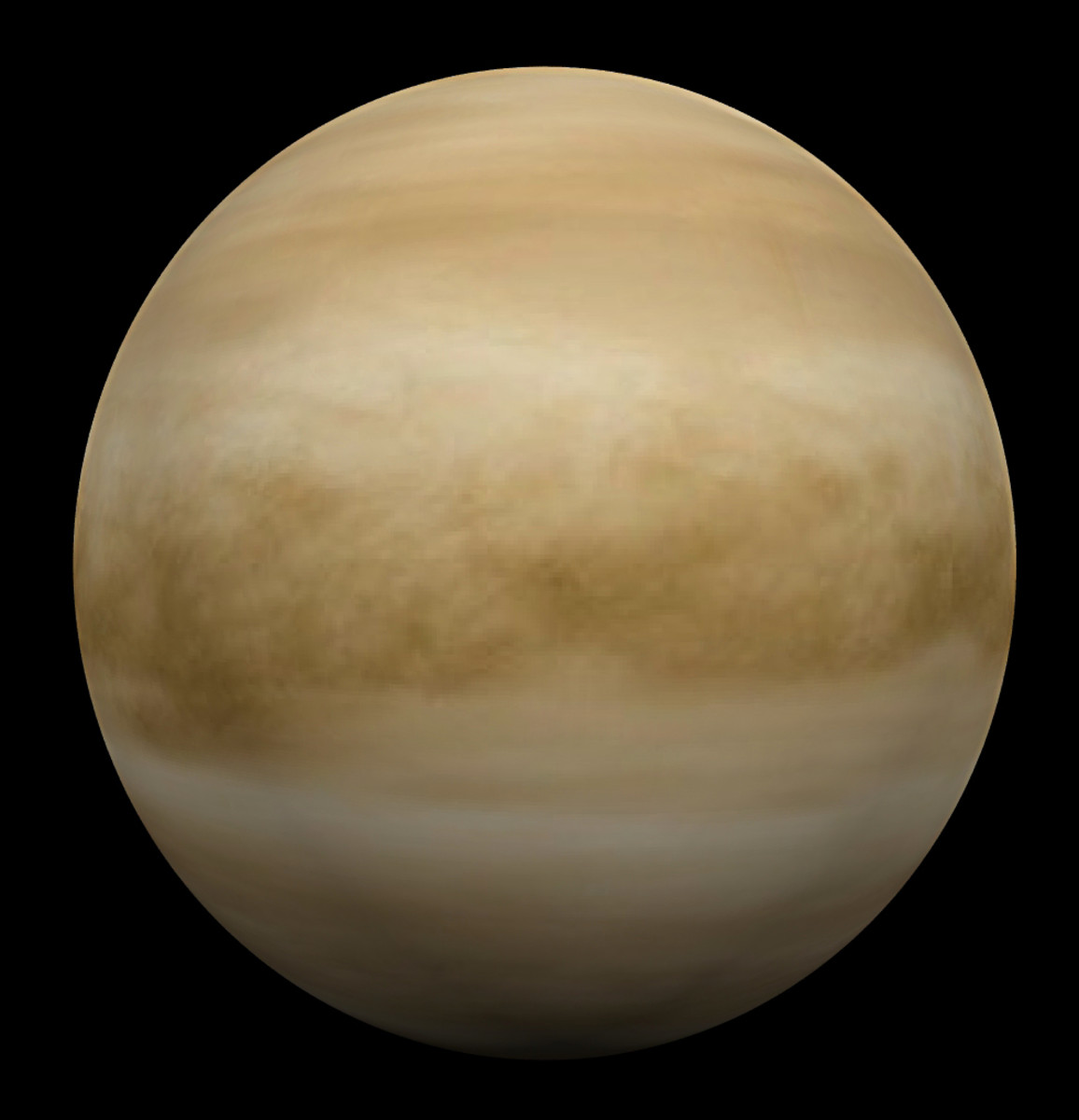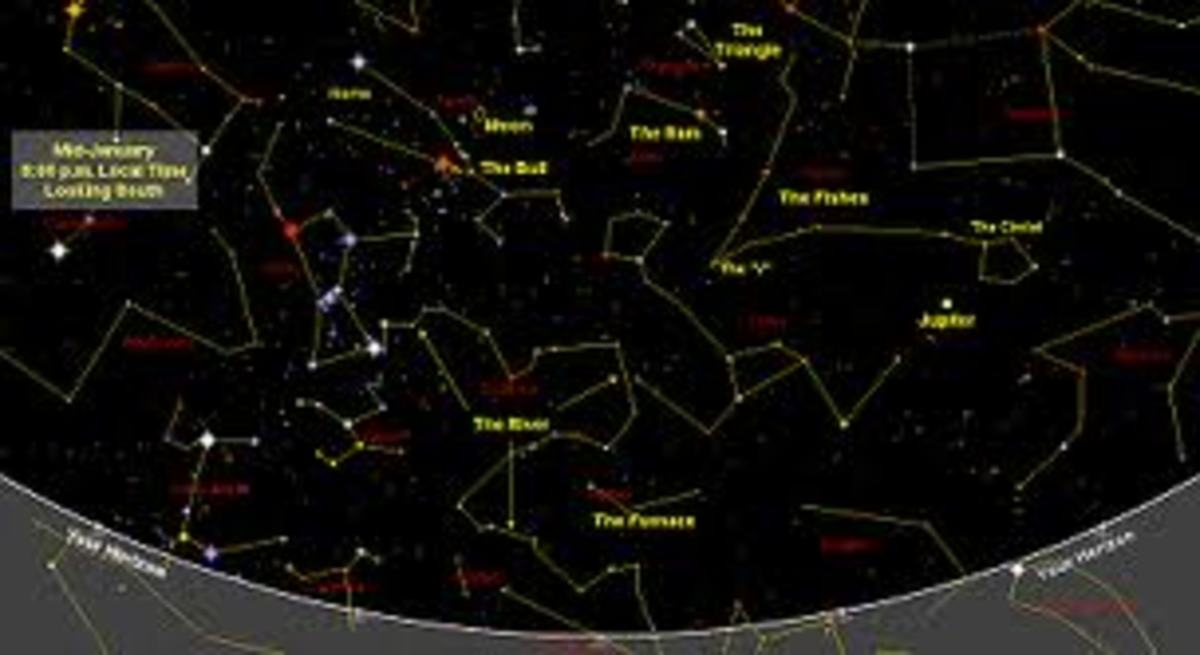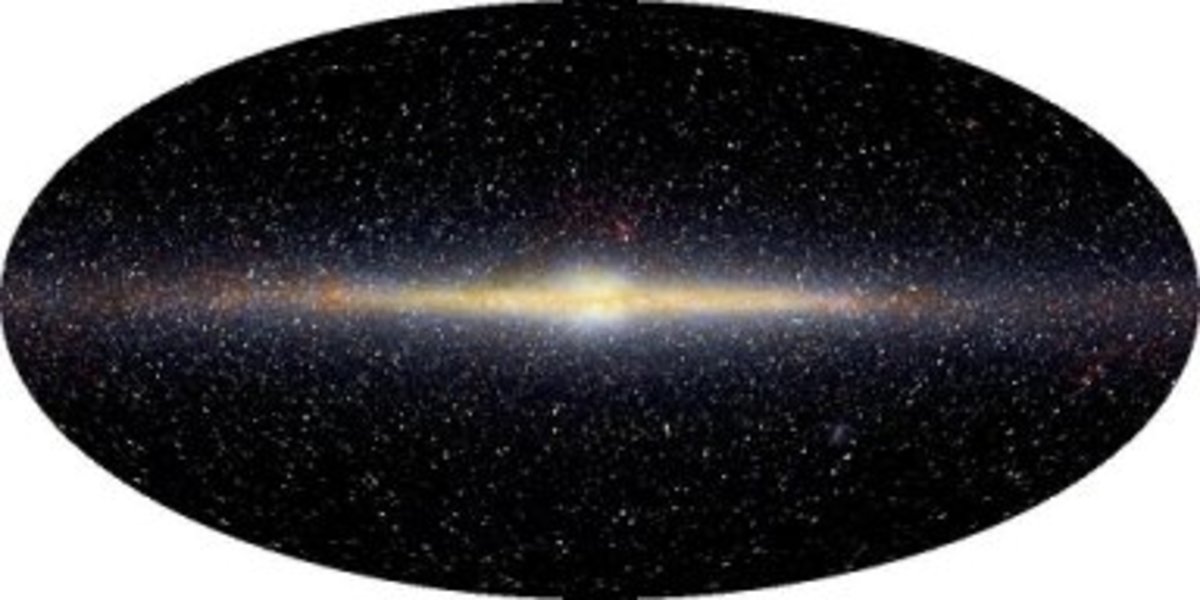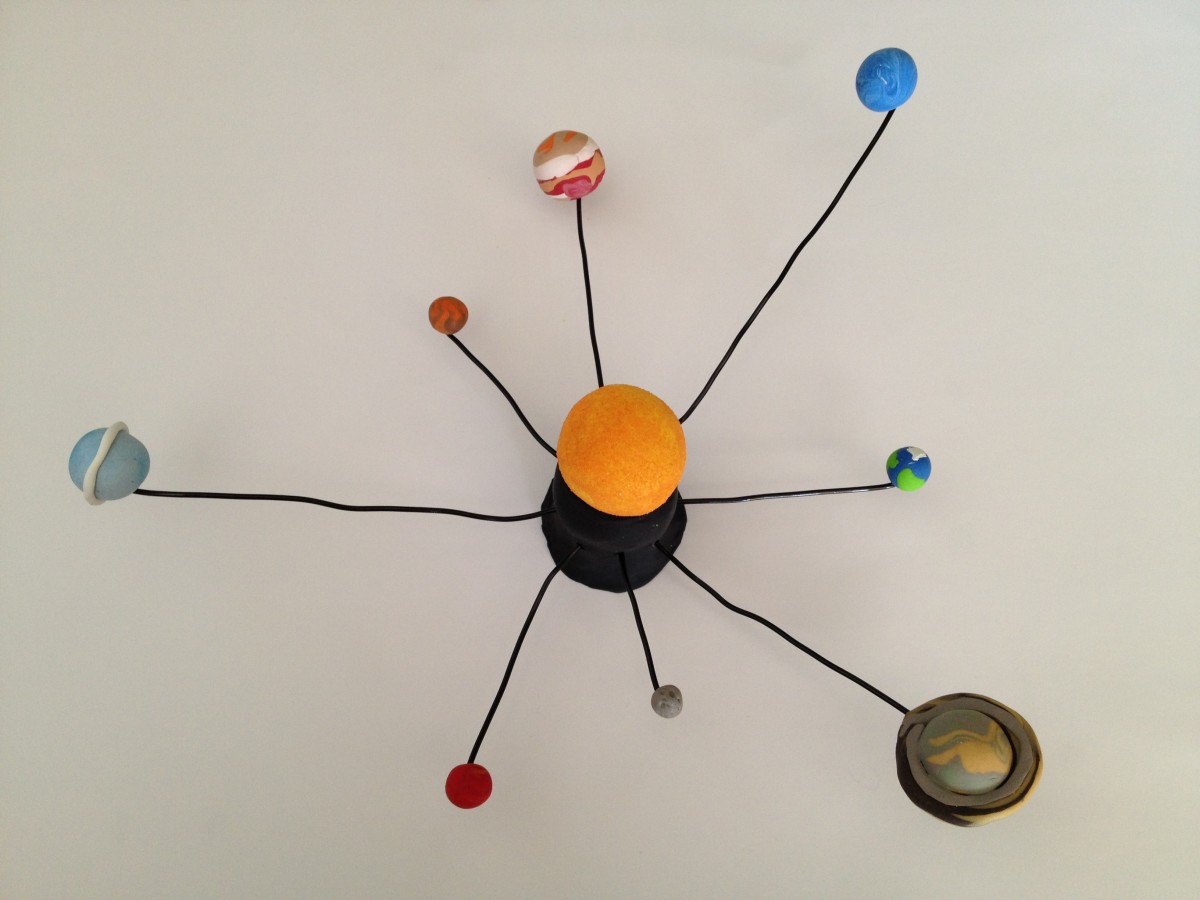Most important space and science events of 2012
2012 has proved to be a lot more busy and exciting than I originally anticipated, both from a scientific and personal perspective. I believe I can say without a doubt that the events which took place that year have written quite a few pages in the history of discoveries and conquered milestones in science and space exploration.
Long story short:
- NASA successfully deployed a new rover on Mars' surface in the most impressive manner possible.
- Probably not equally spectacular but also very important and long expected was Venus transition across the Sun's surface, a beautiful display which can be seen again in 2117.
- The finding of the Higgs boson, which was one of the reasons why the Large Hadron Collider was even built, was one of the major breakthroughs in the entire history of discoveries.
Venus transition
The best ironic line I read about this event was "Wow! Something is going to transit across something else for few hours! Yepee!". The Venus transition across the Sun actually allowed the science community to do more in-depth studies on how a star's light is affected by a another body's transition, and this is important because this is one of the methods they use to find planets outside our solar system.
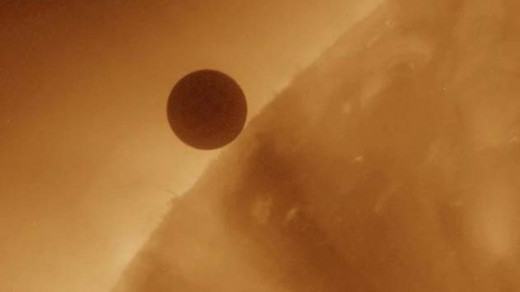
It is amazing, in my opinion, that, except our nearby planets, all of the stars in the sky we see with the naked eye are only galaxies and ... well, stars. No planets. That's because a planet light is very faint and it tends to be lost in the glare from their parent star, which makes it nearly impossible to be spotted through a telescope. What can be spotted though is a variation in the star's emitted light, which typically indicates that something crossed in front of it for a while and that is the first clue that the star could have an orbiting planet. However, the rate of false-positives goes as high as 35%, which is why a possible planet transition needs to be confirmed by other detection method(s).
Such transitions help calculate the size of the transiting planet, it's mass and density and the composition of its atmosphere. Furthermore, secondary eclipses, which happen when the planet is entirely blocked by its parent star, allow direct measurement of the planet's radiation, which can then be used to measure its temperature and even to detect possible signs of cloud formations (!). Scientists do all this for planets thousands or millions light years away. The Venus transition in 2012 allowed them not only to do all this for a planet "in their backyard", but most importantly, it allowed them to test their methods and sharpen their skills.
Curiosity
This word, "Curiosity", is supposed to be the most important quality of a scientist, and the last rover that NASA sent on Mars bears this name.
When talking about space exploration, a very common thought is that we, humans, don't know our planet very well, yet we tend to find answers and solve mysteries on other planets. This is true though, each year we read articles of new bird, fish or bacteria species found in the most unexpected environments: the deepest waters of the Earth never reached by light, the outer rim of the atmosphere in plain solar radiation, even in an environment with high concentration of arsenic that would kill most other life forms (there's a big controversy on this one). This kind of discoveries is what keeps scientists going, and they are ready to go further.
It is now a known fact that Mars once had rivers and seas, thus life or evidence of early life could very well be there, and Curiosity is the latest effort to do everything possible to find it. Apart of the fact that the cutting-edge tools and technologies that it is equipped with makes it smarter and more capable than all its predecessors (it would have been really weird otherwise), the landing process is what made it special in the first place.
Think about what the people who made this possible had to consider, predict and calculate in order for this to work "by the book" hundreds of millions kilometers away and having no similar precedent for reference. In my opinion, this landing was a work of art, because one must be a genius only to think of such a complex process, not to mention turning it into reality.
The Higgs boson
Throughout the recent history, when the nebula shrouding the quantic world was a little bit denser, once in a while a scientist jumped to the conclusion that another particle must exist in order to explain the behaviour of the others. The problem that almost all faced was that, in spite of the fact that the new particle probably solved their burning, long running issue, in order for it to fit the particle model, it also implied the existence of another particle, or even particles. They had little knowing of what's happening down there and every time they got a little closer to the truth, the problem got a new shape, each time a weirder one. At some point, whenever they were finding the need of another particle, it was so common that they were adding that particle to the particle zoo. That's what they called the collection of new weird and almost impossible particles.
In the following years though, they started sorting them, testing them with different models and categorize them until it was all starting to make sense. A different approach showed that the new particles weren't so numerous after all, many of them being variations of another, looking different depending on the viewer's perspective. Just imagine yourself in a mirror labyrinth and you'll know what I mean.
One major problem still remained though. The problem was mass which, on small scale doesn't seem to make sense. Some particles were bigger than the others, sometimes hundreds of times, yet they had smaller mass that the little ones. Remember that we are talking about elementary particles (particles with no substructure). So how can this be possible?
Peter Higgs proposed in 1964 a theory which implied, in short, the existence of an unknown particle which gives mass to the other particles. His theory implies that there is a field all around us, now called Higgs field, through which all particles move, and by moving through this field, they gain mass. This field would be what actually keeps matter altogether. Even scientists find it hard to explain how the Higgs boson and field work. One analogy to how particles gain mass by moving through the Higgs field is a thread moving through honey, or a star (as a rock star) trying to walk through a crowd of reporters as compared to ordinary people who move freely :-) Of course, it's a lot more complicated than that, but it's the best they could think of to explain it for us.
The Large Hadron Collider in Geneva was build mostly for the purpose of finding the Higgs boson and study it's existence consequences. On 4 July 2012, two separate experimental teams announced that they had each independently confirmed the existence of a previously unknown particle which physicists suspect is the Higgs boson and whose known behaviour (up to December 2012) closely matches the Standard Model Higgs boson.
Professor Peter Higgs says God particle find not expected 'in my lifetime'
- BBC News - Professor Peter Higgs says God particle find not expected 'in my lifetime'
The Edinburgh professor who first suggested the concept of the so-called God particle says he never expected it to be found in his lifetime.

